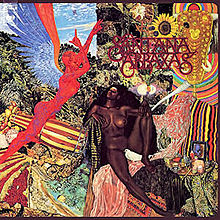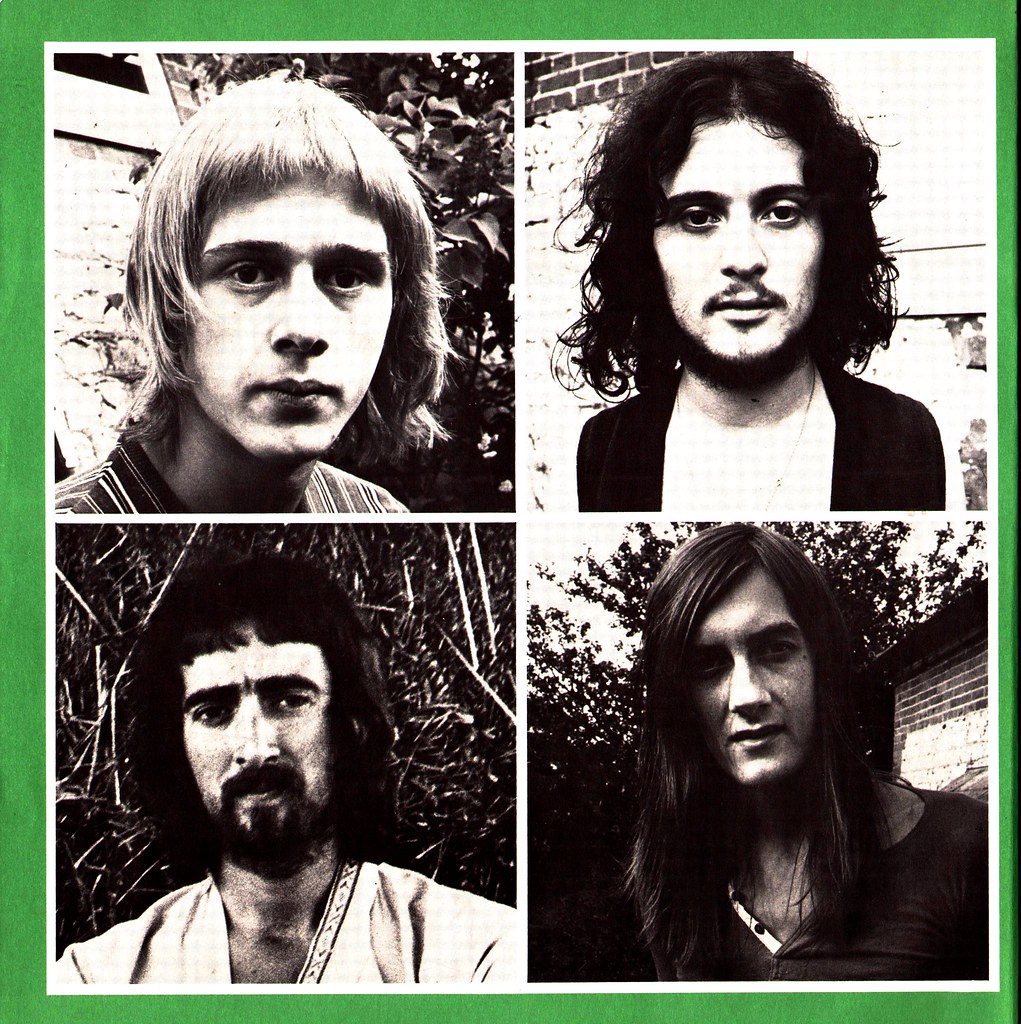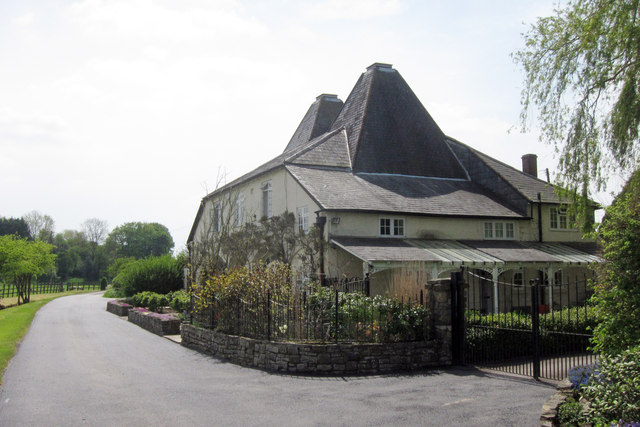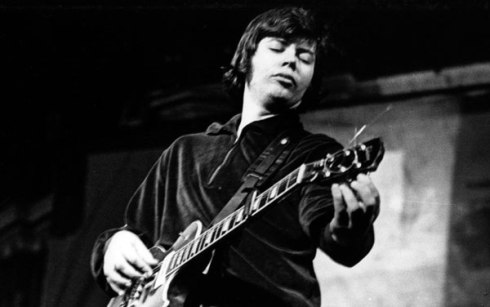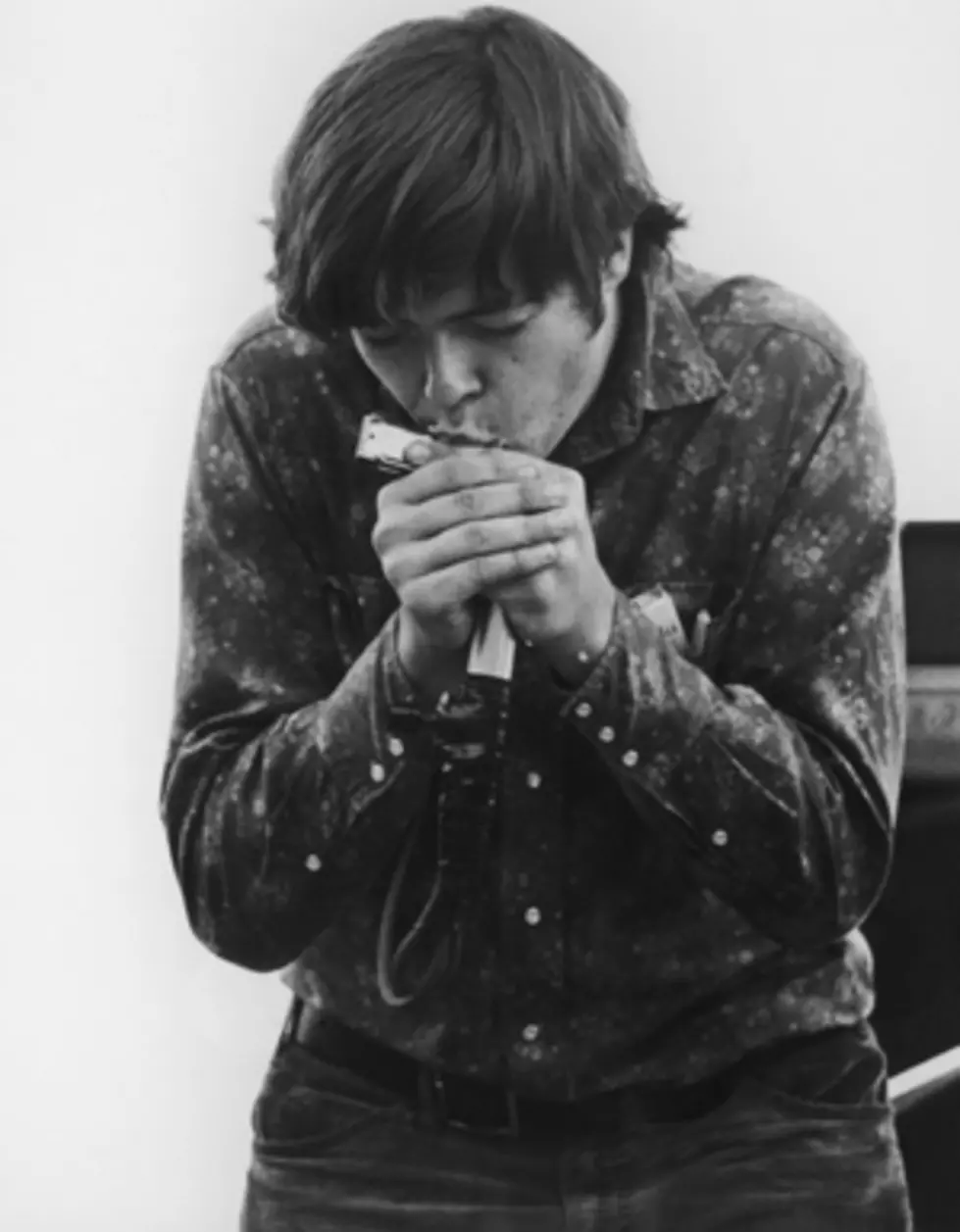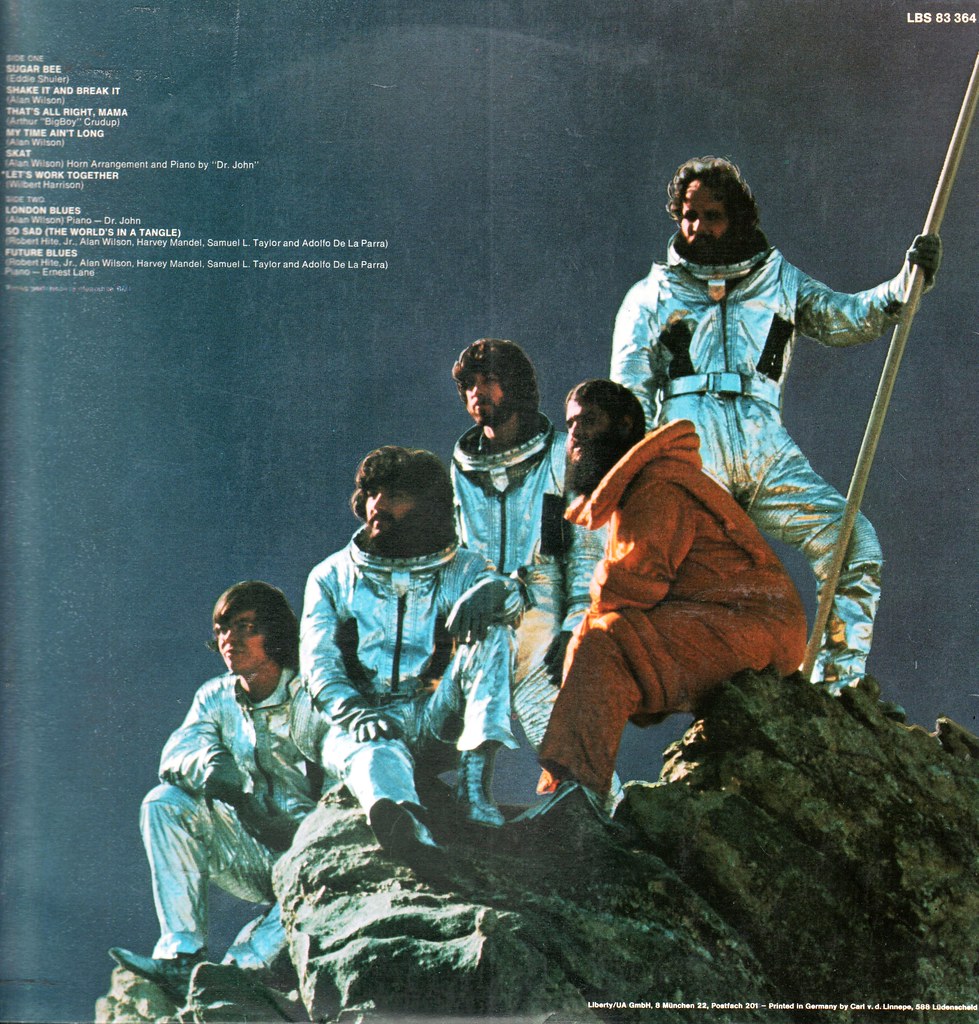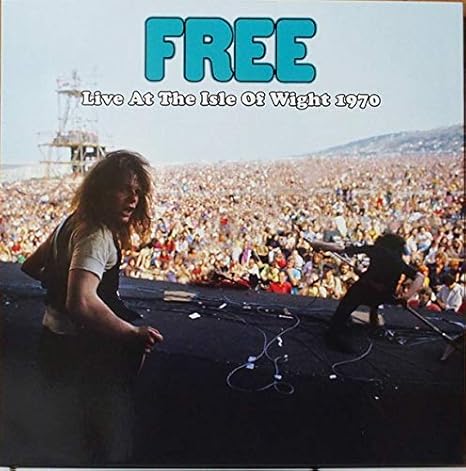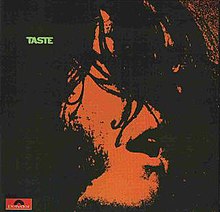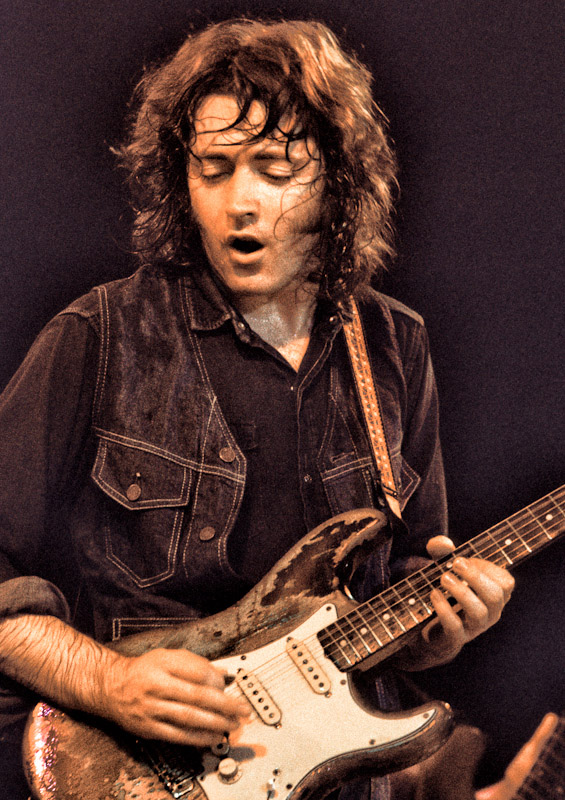January 1971: Little Feat – Little Feat
“Sooner or later, every committed rock ‘n’ roller finds his or her way to Little Feat, which has been described as everything from ‘bluesadelic’ to ‘funky Americana,’ and all of which really means an eclectic bunch of styles that long ago melded together in a bluesy, boogieing, baked-smile stew. Their influence is wide — not least on Phish, moe. and many other stalwarts of the jam scene.” – contributing writer Chad Berndtson of JamBase
Today we’re celebrating the debut of arguably one of the greatest, yet possibly one of the most underappreciated, American bands of all time. Their eponymous Little Feat is not a typical debut. Recorded late in the summer of 1970 and released 50 years ago this month, it sounds closer to a group that had been around a while, honing their songwriting and production.
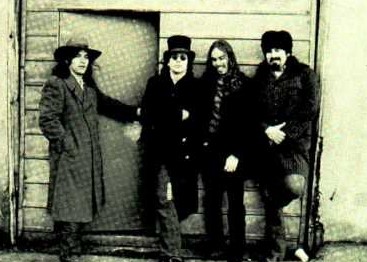
One of the remarkable aspects of this album is that it’s not one or maybe two of the band members who stand out; it’s a full team effort, beginning with the first track, Snakes on Everything. That’s Bill Payne on keyboards and lead vocals, though you might be forgiven for mistaking his singing for Leon Russell – and that’s no slight. The songwriting is fantastic throughout, as is the musicianship. The sorely missed Lowell George’s slide and lead guitar work, as well as his vocals, shine throughout. The original version of Truck Stop Girl is here. I’m equally familiar with latter day Byrds’ version, but this one can’t be beat. Richie Hayward’s drums pop.
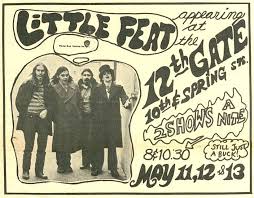
My favorite Little Feat song is on this album, yet it’s not my favorite track on it. Huh? It’s true. Lowell George wrote and demoed Willin’ when he was with the Mothers of Invention, which prompted Frank Zappa to suggest George start a band of his own. He did just that, and the song found its way onto Little Feat’s debut. Though guest Ry Cooder’s bottleneck guitar on this original, more up-tempo version makes it an enjoyable listen, I’m glad it was re-recorded for their follow up a year later. It became the definitive version I’ve always known and loved with its more soulful vocals.

Forty-Four Blues/How Many More Years is an honest tribute to its writers Roosevelt Sykes and Howlin’ Wolf and the era in which they thrived, right down to the distorted vocals. Ry Cooder makes his second appearance on the album on bottleneck here. George’s I’ve Been the One features the sweet pedal steel playing of Sneaky Pete Kleinow. That man played on some mighty fine albums in those years. The weakest link in my opinion is the goofy Crazy Captain Gunboat Willie, thought I don’t consider it a throwaway on this otherwise wonderful, polished album.
Tracklist
Side One:
- Snakes on Everything
- Strawberry Flats
- Truck Stop Girl
- Brides of Jesus
- Willin’
- Hamburger Midnight
Side Two:
- Forty-Four Blues/How Many More Years
- Crack in Your Door
- I’ve Been the One
- Takin’ My Time
- Crazy Captain Gunboat Willie
-Stephen
https://www.allmusic.com/album/little-feat-mw0000653350
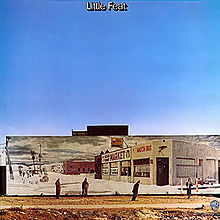



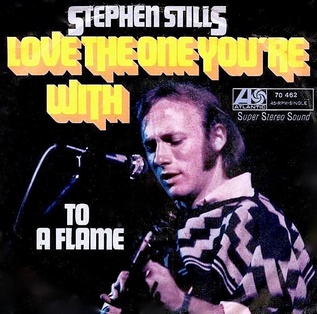

/https://www.thestar.com/content/dam/thestar/entertainment/music/2016/01/11/david-bowie-in-pictures/bowie-1970.jpg)


